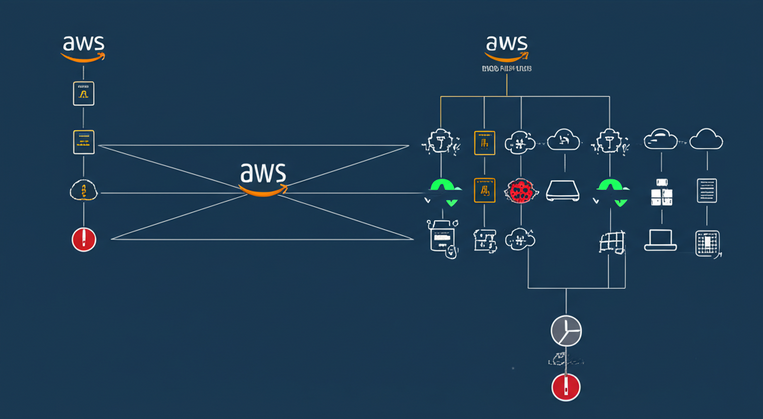Amazon Web Services (AWS) has revolutionized the way businesses operate by providing scalable and reliable cloud computing solutions. However, even the most robust systems experience outages, which can have significant repercussions for digital infrastructure and cloud-based services. In this article, we’ll explore the implications of AWS outages, analyze their impact, and provide strategies for mitigation.
What is an AWS Outage?
An AWS outage refers to a disruption in the cloud services provided by Amazon Web Services. This can manifest as downtime, reduced performance, or complete service interruptions affecting various AWS products such as EC2, S3, or RDS. Such outages can stem from technical issues, planned maintenance, or unexpected events like natural disasters.
The Impact of AWS Outages
The repercussions of an AWS outage can vary widely, affecting businesses and individual users differently:
- Business Disruption: For enterprises relying on AWS for core operations, an outage can mean lost revenue and disrupted customer services.
- Data Accessibility: Critical applications may become inaccessible during an outage, hindering productivity.
- Reputation Damage: Recurring outages can damage a brand’s reputation, leading to customer loss and decreased trust.
- Increased Costs: Businesses may incur additional costs for recovery efforts and compensatory measures for affected clients.
Notable AWS Outages
To understand the significance of AWS outages, let’s look at a few notable incidents:
- In November 2020, AWS experienced a significant outage affecting applications globally, including Netflix and Disney+. This outage highlighted how intertwined our digital lives are with AWS services.
- Another incident in February 2021 impacted numerous applications, again showcasing vulnerabilities in AWS’s extensive cloud ecosystem.
Mitigating the Effects of AWS Outages
Businesses can take several proactive measures to mitigate the impact of potential outages:
- Implement Redundancy: Use multi-region deployments to ensure continuous service availability.
- Regular Backups: Maintain regular backups of critical data to avoid loss during outages.
- Monitoring Tools: Utilize monitoring tools to gain visibility into AWS services’ performance and potential issues early on.
- Disaster Recovery Plans: Create and regularly test disaster recovery plans to ensure swift system restoration.
Conclusion
AWS outages are an unfortunate reality for users and businesses relying on cloud services. By understanding the potential impacts and implementing robust mitigation strategies, organizations can better prepare for and respond to such incidents. As cloud technologies evolve, continuous learning and adaptation will be key in maintaining reliable and resilient operations.








